Entrances to the market are situated next to the tramway stops along Joszefvaros freight yard
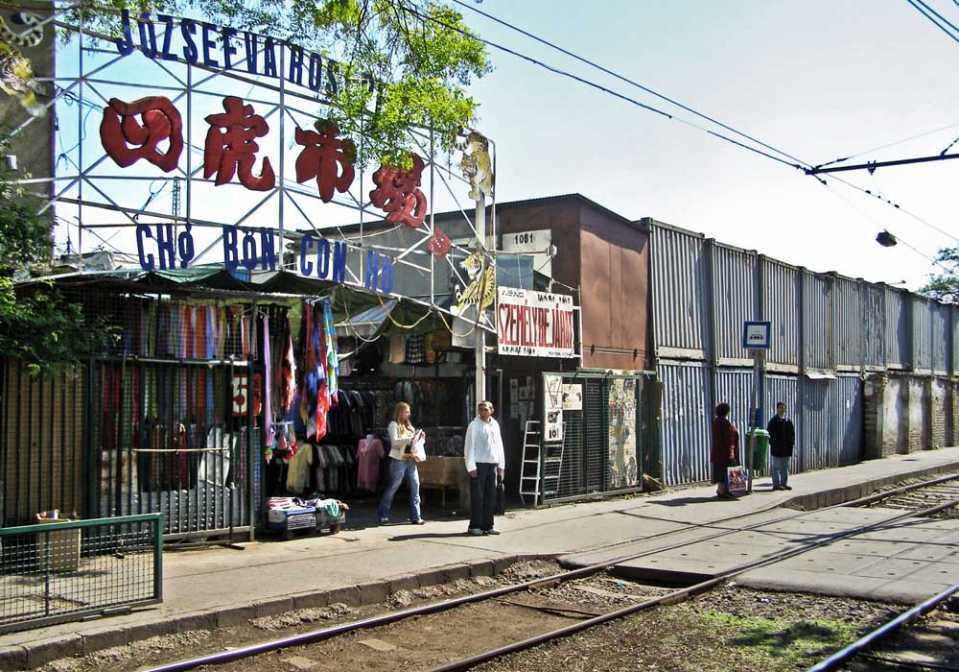
Western edge of the market at Joszefvaros freight yard


Layout of Four Tigers Market along the tracks of Joszefvaros freight yard
Stacked shipping containers, partly modified to serve as stalls and storage spaces
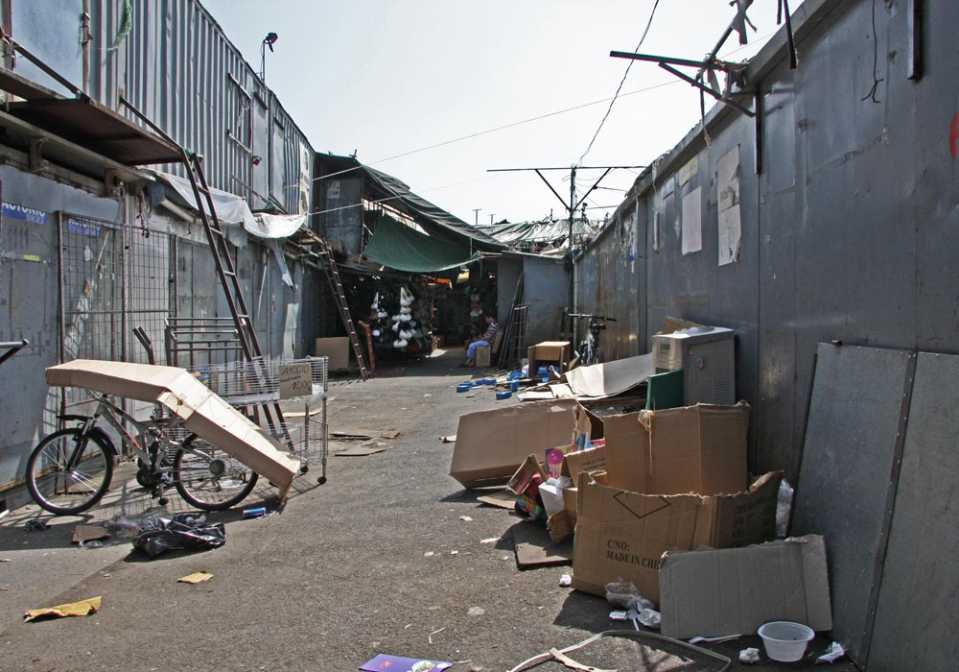
top view of the market stalls
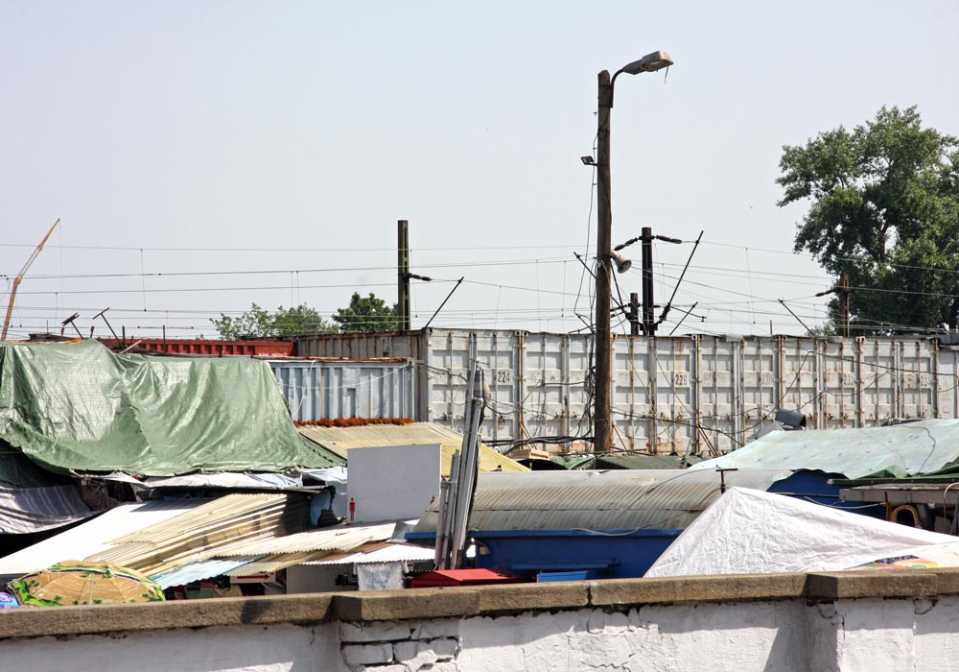
Typologies of stalls and storage spaces at the Four Tigers Market
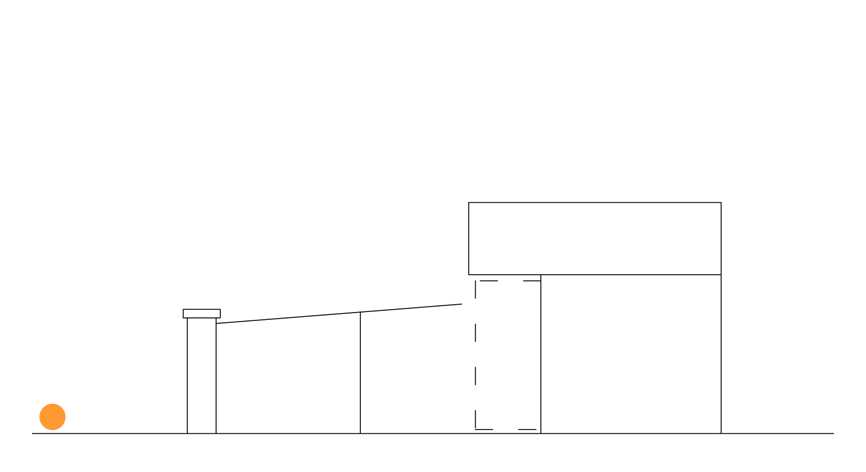
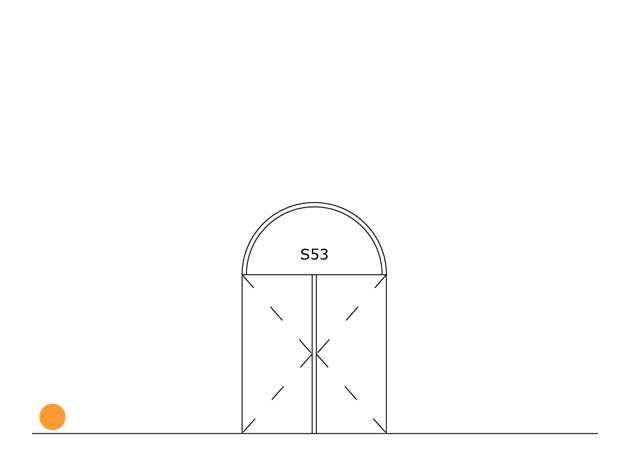
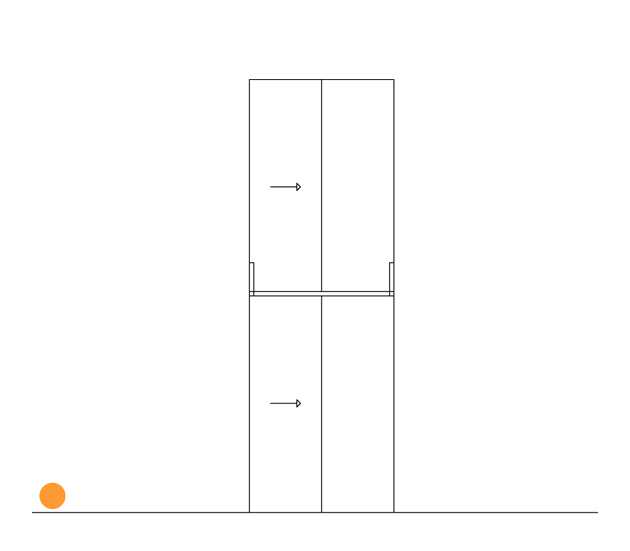
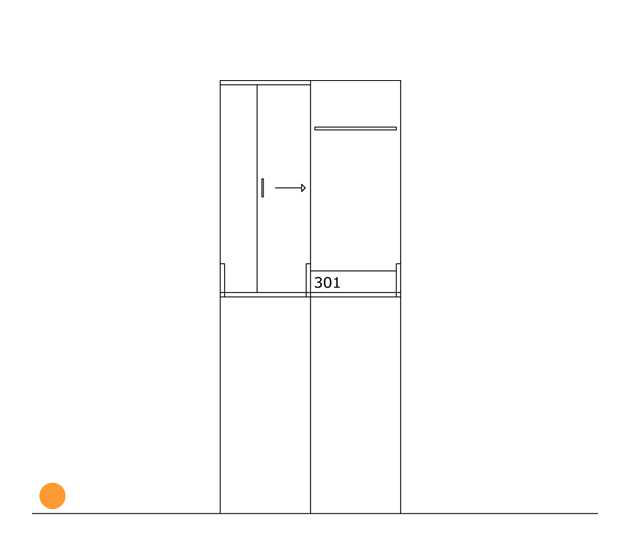
Euro Square
Expansion of 'Chinese' businesses into former Ganz factory opposite Four Tigers Market
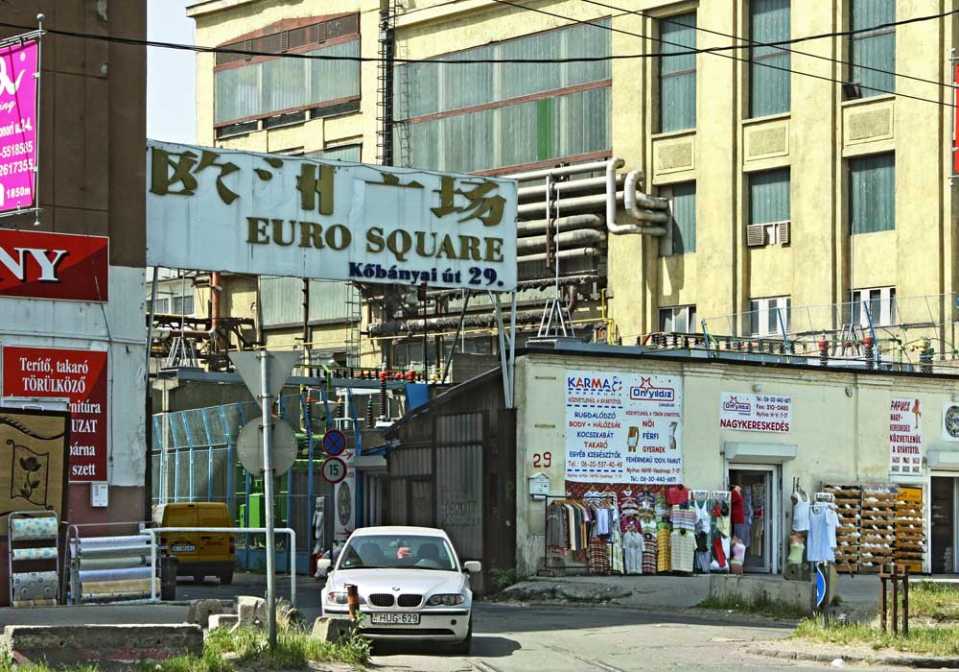
Euro Square
Expansion of 'Chinese' businesses into former Ganz factory opposite Four Tigers Market
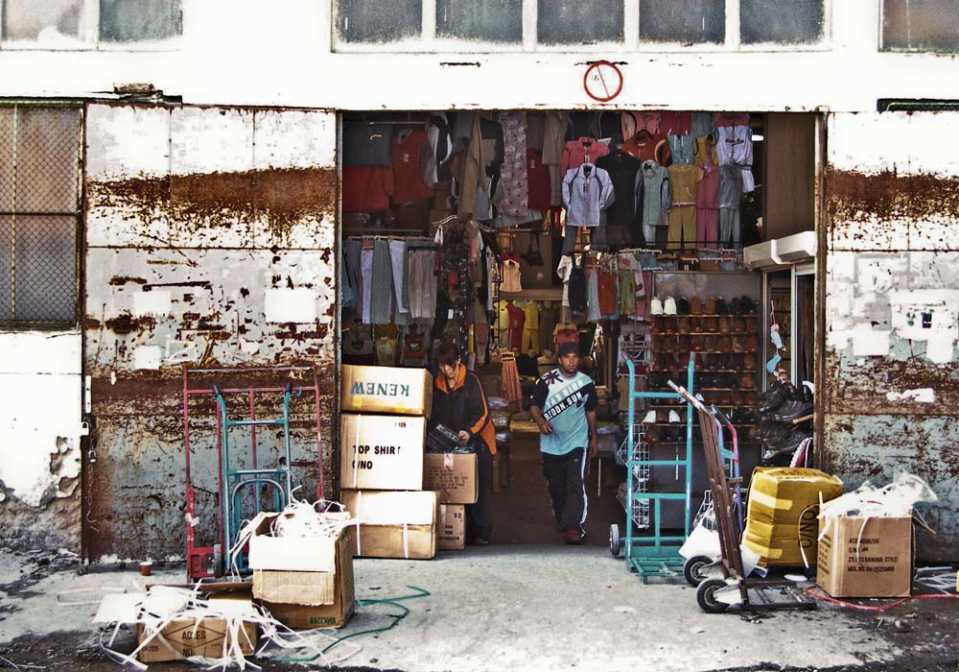
Typologies of stalls and storage spaces at the indoor market at former Ganz factory
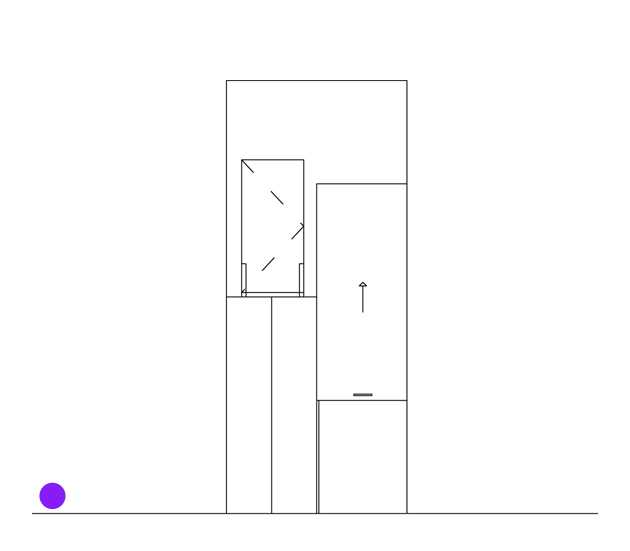
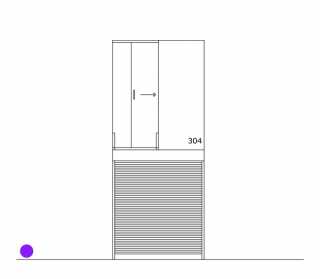
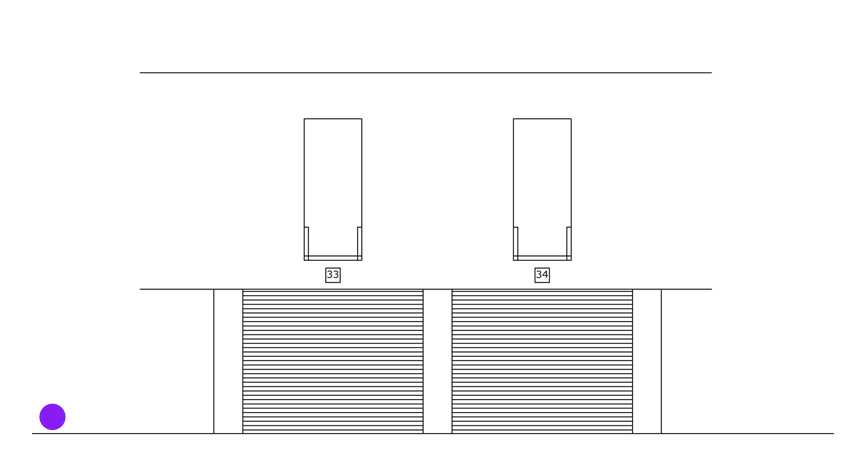
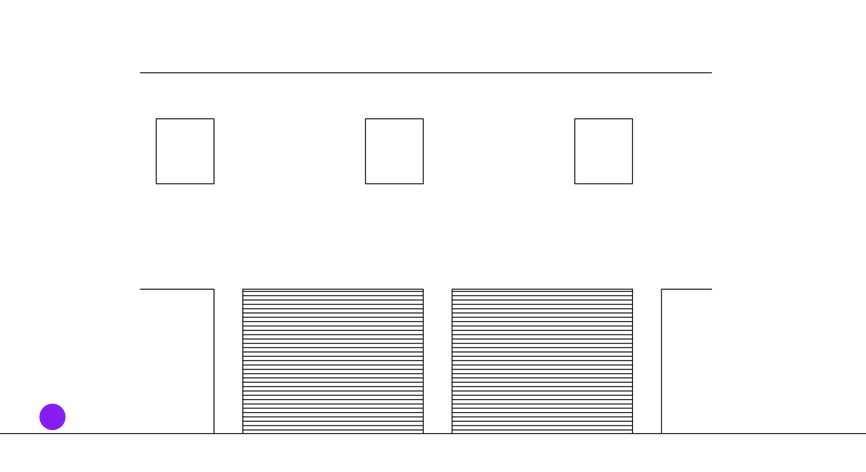

Western edge of the market at Joszefvaros freight yard


Layout of Four Tigers Market along the tracks of Joszefvaros freight yard
Stacked shipping containers, partly modified to serve as stalls and storage spaces

top view of the market stalls

Typologies of stalls and storage spaces at the Four Tigers Market




Euro Square
Expansion of 'Chinese' businesses into former Ganz factory opposite Four Tigers Market

Euro Square
Expansion of 'Chinese' businesses into former Ganz factory opposite Four Tigers Market

Typologies of stalls and storage spaces at the indoor market at former Ganz factory




Four Tigers Market
The basic and also the most symbolic architectural unit of East Asian commerce is the shipping container, which can be found in the markets almost in its original form; initially used to ship goods into the country, they went under hardly any alterations to become stalls. The most usual setup is two containers put on top of each other. The bottom one serves as the shop itself, while the upper one is for storage (or office, resting space, etc.).
Points of sale installed in industrial halls adopted the same structure, practically adapting the same basic unit, which now is not the container, but a series of built stalls, which differ in the fact that they are not mobile and they are not built from prefabricated, re-used elements. Its variants appear in all those establishments where commerce has "moved into" existing built environments, like on the other side of Kőbányai út (opposite of Four Tiger).
The architecture of shopping centres has far less to do with the spontaneous systems of markets. If there are any similarities between the two structures, like aiming for the maximum density of points of sale to increase the economy of space, shopping centres already feature extra functions that would be unimaginable within the fully rational environment of the market (lifts, escalators, fountains, etc.). This is why Asia Center, for instance, is an interesting phenomenon: a hugely capital-intensive development, which is meant to provide an alternative to Chinese markets. The architecture of the building, however, does not serve this function, in part precisely because it employs a general architectural formula, which ignores how East Asian immigrant commerce works, and fails to satisfy its natural needs.
Studies
A massive open market exists underneath the Superhighway between Shenzhen and Guangzhou
read more...
read more...
Elastic borders at the Dominican ‘International Fairs’
read more...
read more...
in the Tri-Border Area of Paraguay, Brazil and Argentina
read more...
read more...
Occupying the derelict remains of a once popular resort area on the fringes of Buenos Aires
read more...
read more...
The body as a commercial vehicle
Case studies from Lima, Peru and Tijuana, México
read more...
read more...
Rom-Hoob market runs about 500 meters along both sides of the Mae Klong railway in Samut Songkhram.
read more...
read more...
A container market located outside of Odessa, at the ‘7th Kilometre’, claims to be the largest market in Europe.
read more...
read more...
as a liberated archive
read more...
read more...
Vietnamese markets sprawl on former no-man's-land along the Iron Curtain
read more...
read more...
In the border town of Tijuana more than 300 street markets provide a much needed common sphere
read more...
read more...
Four Tigers Market is a major node of the East Asian migrant community in Budapest.
read more...
read more...
A game of masquerades, Moscow's Cherkizovsky market occupies a 1980s Olympics site.
read more...
read more...
At Arizona Market in Bosnia and Herzegovina informal urbanisation intersects with post-war peacekeeping.
read more...
read more...
High-contrast developments take place just outside Istanbul's Byzantine city walls.
read more...
read more...